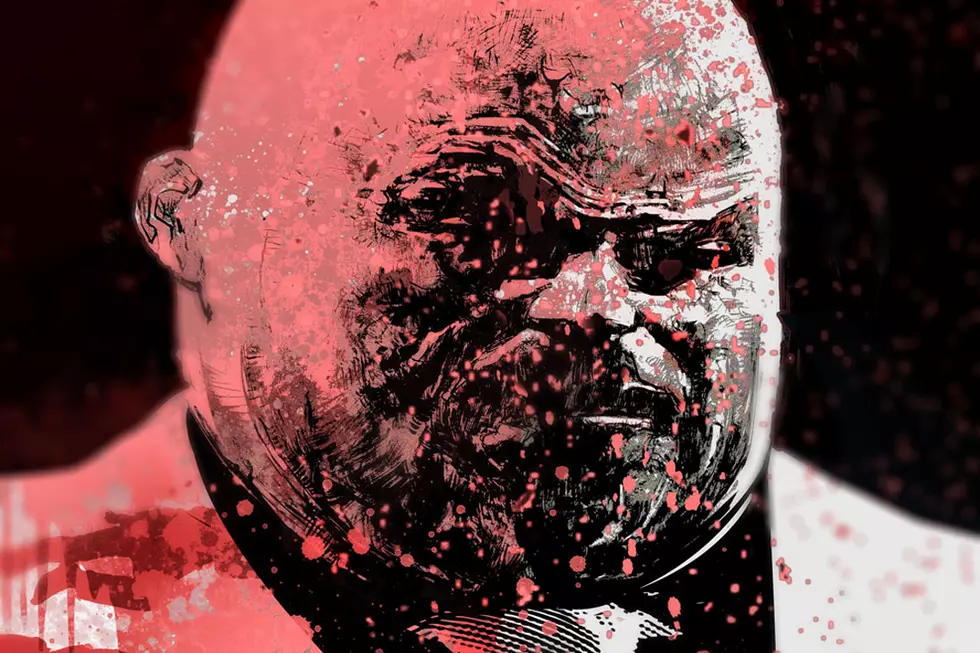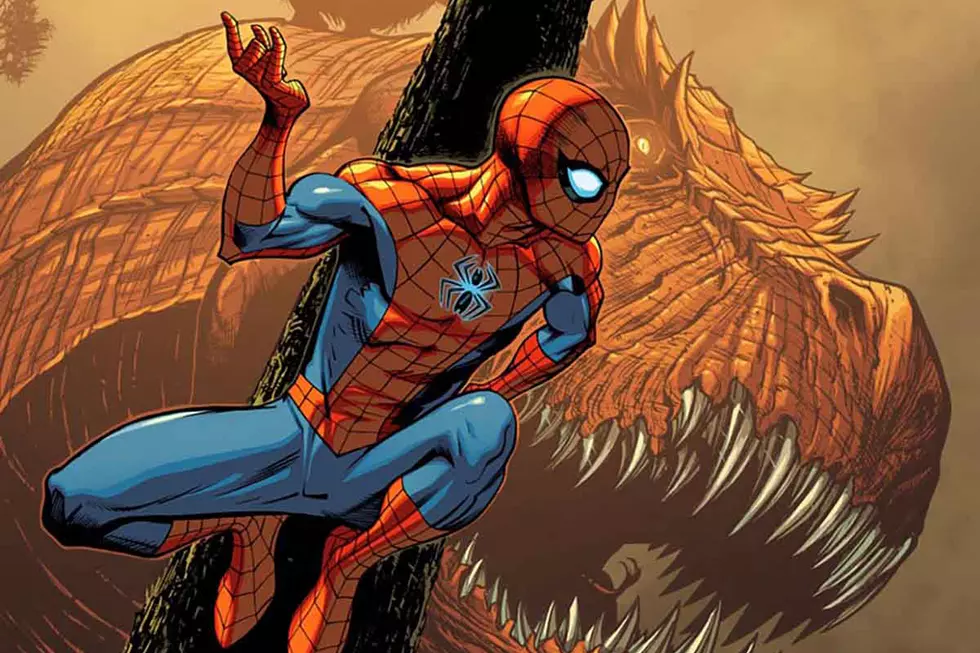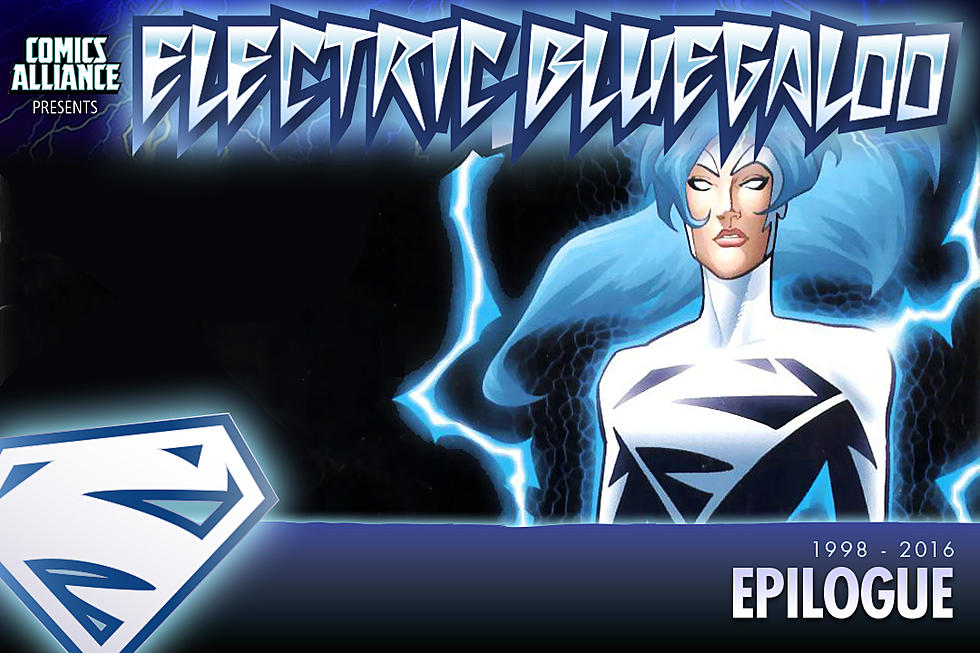
Bill Sienkiewicz Provides Variant Cover For 'American Gods' #2
Dark Horse's American Gods adaptation is one of the biggest comics of the year, and it's no surprise that some of the best comics in the industry are turning up to provide variant covers for the series by Neil Gaiman, P. Craig Russell and Scott Hampton. With the first issue out next week and the television show premiering soon, ComicsAlliance has the exclusive reveal of Bill Sienkiewicz's cover to American Gods: Shadows #2.


![Priest, Cowan, And Sienkiewicz Team Up For 'Deathstroke' #11 [Preview]](http://townsquare.media/site/622/files/2017/01/DS_Featured.jpg?w=980&q=75)

![Poison Ivy Has Her Own Agenda In 'Trinity' #5 [Exclusive]](http://townsquare.media/site/622/files/2017/01/TRI_FEATURED.jpg?w=980&q=75)




